$39.97 Original price was: $39.97.$27.98Current price is: $27.98.
SKU: D2LSC 848482713 Category: TREES
- Quality that lasts, prices that don't.
- Experience the difference quality makes.
- Satisfaction Guaranteed
- 100% High Quality Guarantee

Cranberry Viburnum (Highbush)
Viburnum opulus var. americanum
Plant Details
USDA Plant Hardiness Zones: 2a-7b (8a?) Find Your Zone
Plant Type: Deciduous Flowering Shrub or Small Tree
Height at Maturity: 8-12′
Width at Maturity: 8-12′
Spacing: 8′ apart for solid hedge; 16’+ apart for space between plants.
Growth Habit / Form: Multi-stemmed, Round, Upright
Growth Rate: Moderate
Flower Color: White
Flower Size: 2-3″
Flowering Period: Late Spring to Early Summer
Flower Type: Flat-Topped, Lacecap
Fragrant Flowers: No
Foliage Color: Dark Green
Fragrant Foliage: No
Berries: Yes, Edible
Berry Color: Bright Red
Sun Needs: Full to Mostly Sun, Morning Sun With Afternoon Shade, Morning Shade with Afternoon Sun
Water Needs: Moist to Average
Soil Type: Clay, Loam, Sandy, Silty
Soil Moisture / Drainage: Moist But Well-Drained
Soil pH: 5.5 – 7.5 (Acid to Slightly Acid)
Maintenance / Care: Low
Attracts: Birds, Butterflies, Visual Attention
Resistances: Disease, Insect, Full Sun
Description
The Cranberry Viburnum, also known as the American Cranberry Bush, is actually not a cranberry at all, though its fruit strongly resemble cranberries in both appearance and taste. They also mature in the fall, as cranberries do. In late spring to mid summer it produces abundant lacecap clusters of showy white flowers that are followed in fall by bright red juicy and tasty berries with a sweet but tart flavor like cranberry and that are rich in vitamin C. The fruits can picked and eaten right off the bush or used to make preserves, jams, jellies, sauces, etc., which make delicious condiments for meat. If you don’t eat the berries the birds will!
Landscape & Garden Uses
Growing 8 to 15 feet tall and 8 to 12 feet wide at maturity, the Cranberry Viburnum Bush can be grown as a large shrub or lower branches can be removed to form a very attractive small tree ideal for use as an eye-catching specimen or groupings in landscape and flowering shrub borders. Also useful to frame corners of homes and entryways or as espalier (trained to grow flat against a wall) in home foundation plantings. A fine addition to the edible landscape, white theme gardens, wildlife gardens, and cottage gardens.
Suggested Spacing: 8 feet apart for solid hedge; 18 feet or more apart for space between plants.
Growing Preferences
Viburnum is very easy to grow in most any moist but well drained soil of average fertility and full sun to part shade. It prefers a loamy soil rich in organic matter. For best flowering, at least 5 hours of direct sunlight per day is suggested. Responds very well to pruning for shaping, size control and tree forming. Prune as needed immediately after flowering.
Helpful Articles
Click on the link below to find helpful advice from our experts on how to plant, prune, fertilize and water Viburnums.
How To Plant And Care For Viburnum Plants
Plant Long & Prosper!
Meet The Wilson Brothers & Staff
Questions? Contact Us
Be the first to review “Cranberry Viburnum (Highbush) – 1 Gallon Pot” Cancel reply
Related products
Sale!
Sale!
Sale!
Sale!
Sale!
Sale!
Sale!
Sale!


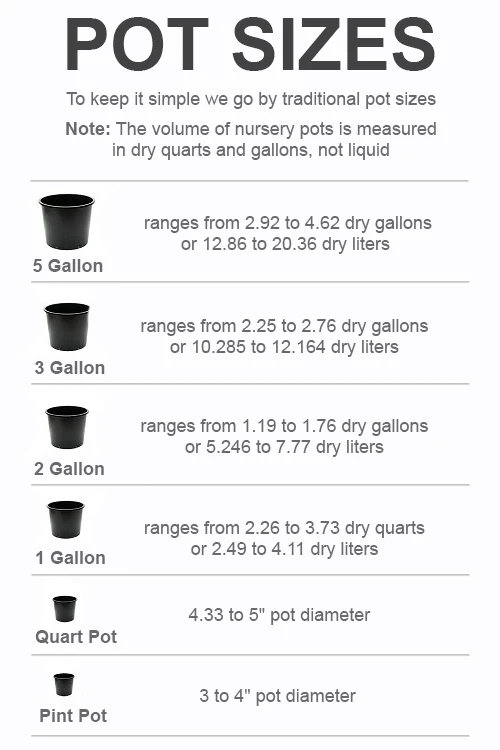

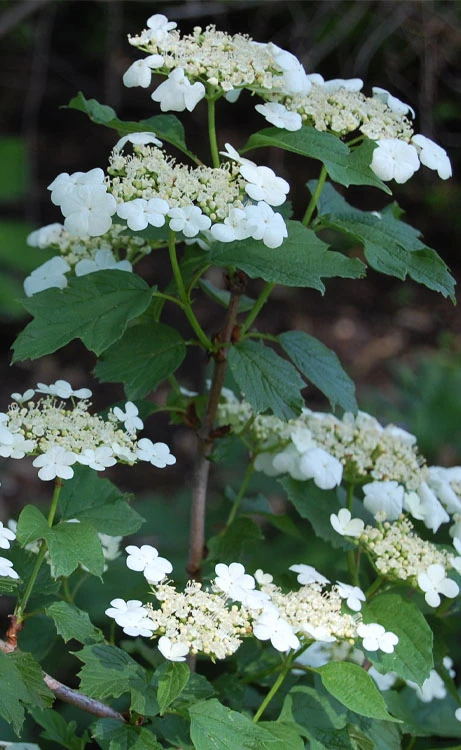
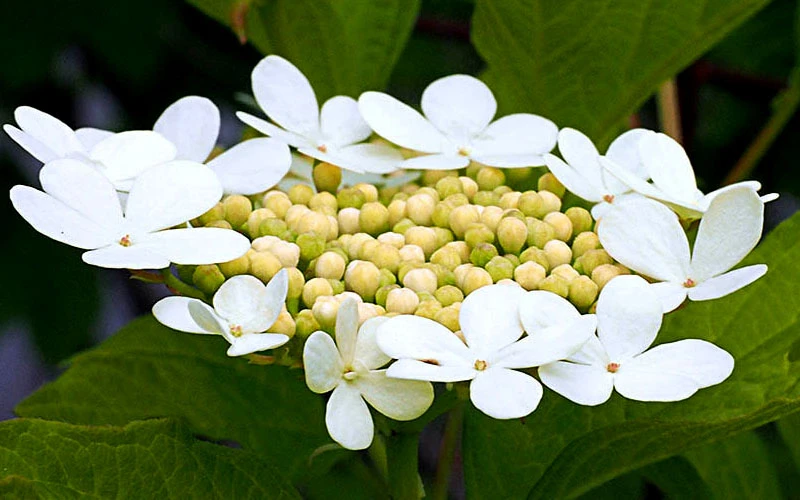



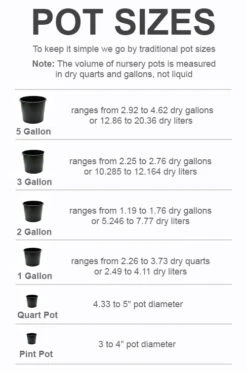

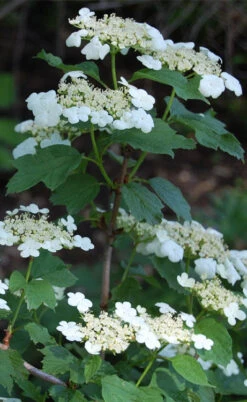
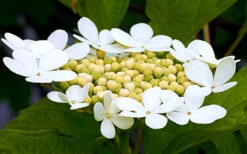

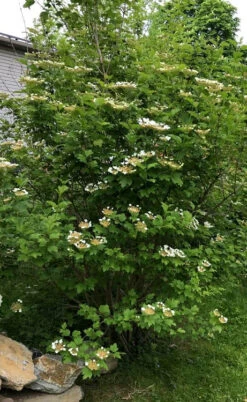
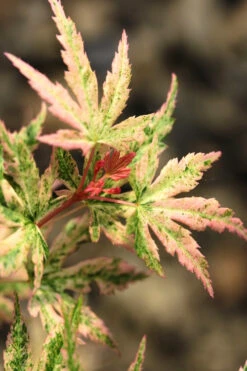
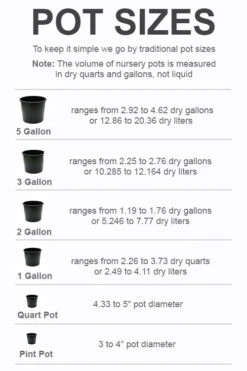
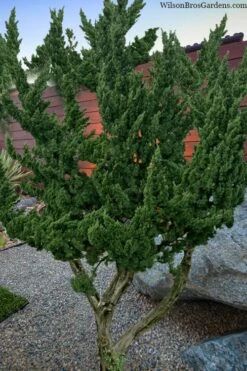

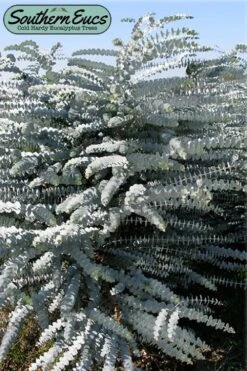
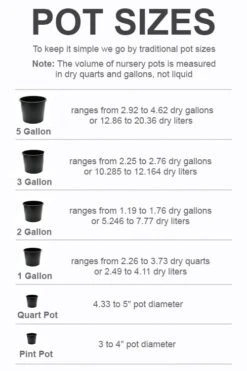

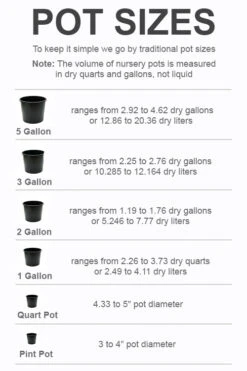

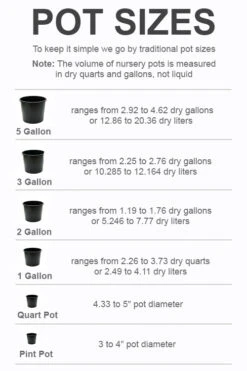
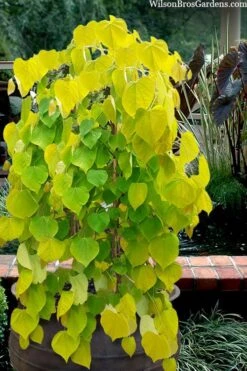
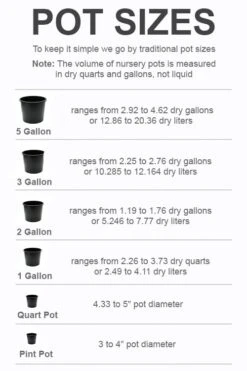
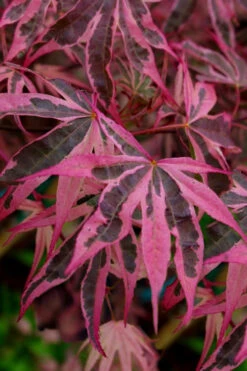
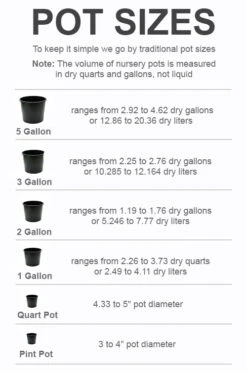
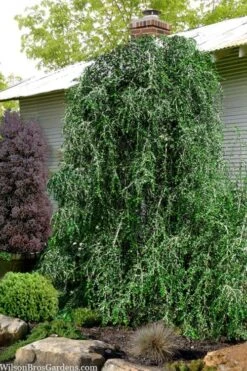
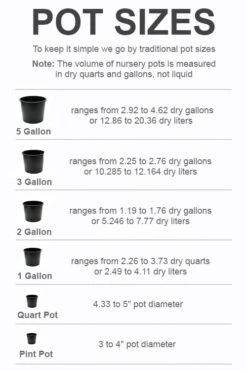
Reviews
There are no reviews yet.